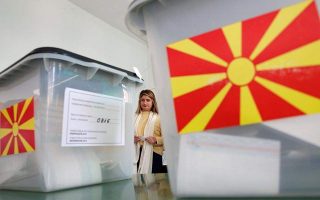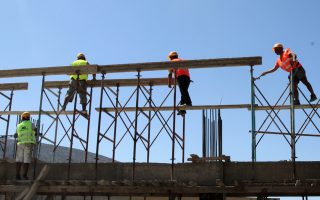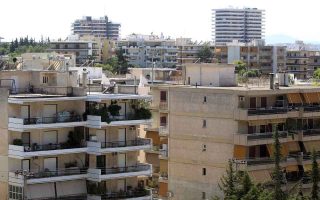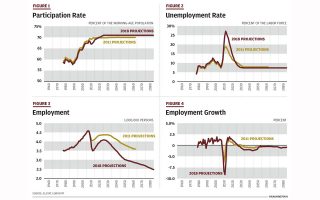A sober assessment of the FYROM referendum outcome
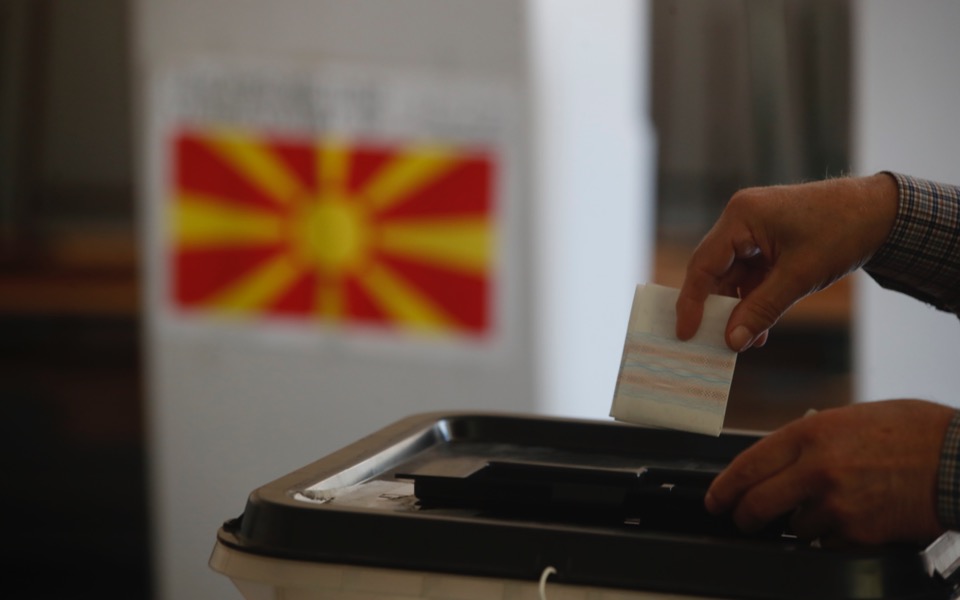
According to the results of the recent referendum in the Former Yugoslav Republic of Macedonia on its name deal with Greece, out of a total of about 661 thousand votes, 91.5 percent were in favor of the deal, compared to 5.6 percent who voted “no,” while 2.8 percent of all ballots cast were invalid. The turnout was 37 percent out of a total of approximately 1.8 million citizens registered in the electoral rolls.
The outcome of the referendum leaves room for political parties in both countries to interpret the result as they please, in a way that serves their existing positions.
In particular, FYROM Prime Minister Zoran Zaev placed emphasis on the massive percentage of “yes” votes, claiming that “in democracies, the citizens who decide are those who vote.” On the other hand, Hristijan Mickoski, the leader of the main opposition VMRO-DPMNE party, emphasized the low turnout in the referendum, claiming that “the strongest message was sent by those who boycotted or voted against the agreement.” Both views are self-serving and therefore potentially misleading.
A similar pattern of behavior has unsurprisingly emerged in Greece as well. For example, Panos Kammenos, the leader of the junior coalition partner Independent Greeks (ANEL), hastened to proclaim the referendum “invalid” because “68 percent of FYROM’s citizens rejected the agreement.” However, this figure includes not only those people who voted “no” and those who consciously boycotted the referendum, but also those who were not going to vote anyway regardless of their opinion. This grossly distorts reality. Furthermore, the Greek Foreign Ministry interpreted the outcome as being “contradictory.”
In reality, however, there is nothing contradictory about the result, as is explained below.
A sober approach must take into account both the election result as well as the turnout at the polls.
The crucial point in the present case is the simple observation that, in practice, no elections have a turnout rate of 100 percent. Therefore, a more informative indicator of support for the agreement is the ratio of the number of votes received by the “yes” side over a hypothetically feasible turnout level.
In the crucial 2016 parliamentary elections in FYROM, the turnout rate reached 67 percent, while in the 2014 general elections, which combined parliamentary with presidential elections, the turnout rate was around 65 percent.
Consequently, the boycott seems to have reduced participation in the referendum by 28 to 30 percentage points.
Taking into account this parameter, the result indicates that the “yes” side most probably would have prevailed even in the absence of a boycott. In particular, the percentage achieved by the “yes” vote would have been 50.5 percent if turnout had been the same as the 2016 election and 53.5 percent if turnout had been the same as the 2014 election.
The analysis above should not be surprising since it actually confirms the results of recent polls, which predicted a slim victory for the “yes” camp, ranging approximately between 51 and 52 percent.
Zaev has upper hand
The outcome of Sunday’s referendum appears to serve the purposes of Zaev’s administration for the following reasons.
1. The referendum itself fulfills the commitment undertaken by FYROM’s government to give the people a chance to express their opinion regarding the Prespes agreement.
2. The result is as positive as it needs to be so does not hinder the continuation of the process of completing the agreement.
3. The result ensures that Zaev will continue to enjoy support from the European Union and NATO, which according to recent reports set a benchmark that a “yes” vote exceeding 600,000 would be regarded as successful. This goal has been achieved.
4. Finally, the critical phase of the agreement was and remains the next one, where FYROM’s Parliament will be called upon to make constitutional changes. The completion of this process requires a two-thirds majority. However, the government currently has 71 out of a total of 120 seats – i.e. nine seats less than the minimum required. The pressure on VMRO-DPMNE MPs to vote in favor of the agreement is expected to mount, especially for those who represent regions with a large number of “yes” voters.
Dr Vasilis Sarafidis is an associate professor of econometrics, an executive board member of the Australian Institute of Macedonian Studies, and a member of Dimokratiki Efthini. The opinions expressed in this article do not necessarily reflect those of Kathimerini.
